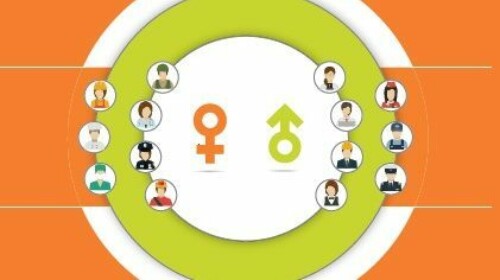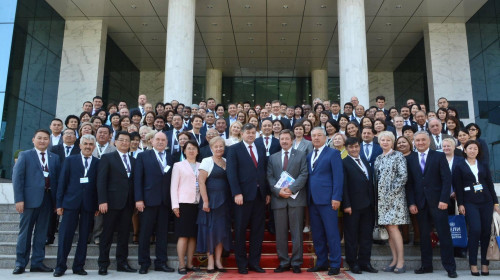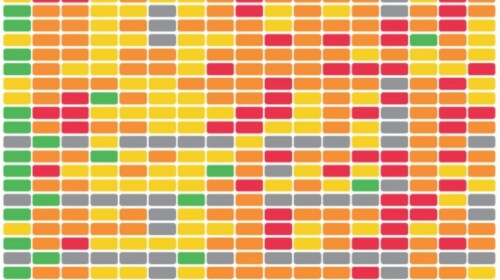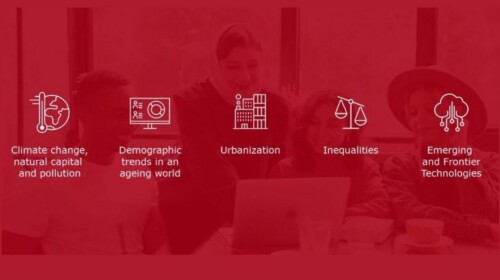The United Nations Economic and Social Commission for Western Asia (UN ESCWA) is pleased to present its first e-learning software as part of its integrated Toolkit on Gender Statistics in the Arabic language. The Gender Statistics Toolkit, developed by the Statistics Division at UN ESCWA, includes two tools:
• E-learning on Gender Statistics
• The Gender Statistics Curriculum
The Gender Statistics E-learning Software (https://elearning.unescwa.org) is a user-friendly e-learning programme which utilizes a variety of methods to stimulate trainees’ interest in a curriculum that addresses gender issues and priorities. The Gender Statistics Curriculum includes the following five modules:
• Gender concepts and issues
• The importance of gender statistics
• The conceptual frame of gender statistics analysis
• Measurements of gender statistics
• Presenting gender statistics
The five modules present concepts and practical examples through animated dialogues among a diverse group of characters from both sexes. To elaborate on and understand gender concepts and issues, various methods are employed, such as including clips of Arabic movies; animation of popular folkloric story into a colored cartoon, along with hands on exercises in each module.
To deal with statistics and indicators, infographic presentations are used to convey messages through charts and
images of women, men, children, and elderly, reflecting diversity in culture in a harmonious and consistent blend of animation and color. To maintain consistency between the different types of presentations used in this programme, colors in all the screens were harmonized using a flat design.
Moreover, the e-learning platform can be used by individuals with functioning difficulties. Excerpts from the texts are presented under each screen to allow trainees to follow the dialogue easily.
Upon successful completion of the e-learning (https://elearning.unescwa.org), the learner will receive a certificate.
Certified individuals will be eligible to enroll in national and regional workshops based on the Gender Statistics Curriculum, organized by certified focal points. Successful trainees will be awarded an additional certificate of
achievement.
Target Audience
The Gender Statistics Curriculum, through both tools, aims to enhance knowledge in statistics in general and in gender statistics in particular and build the capacities in the national statistical offices, including the national statistical systems, and a broad range of data providers and users including policymakers, media, nongovernmental organizations, and researchers in national and international agencies.
Learning Objectives
The E-learning on Gender Statistics aims to enhance the capacities of those concerned in producing and using statistics in general and gender statistics in particular, to understand issues of gender, learn how to link gender issues to gender indicators, calculate gender indicators and how to visualize and present indicators with the aim of providing accurate monitoring of progress towards gender equality and the empowerment of women.








